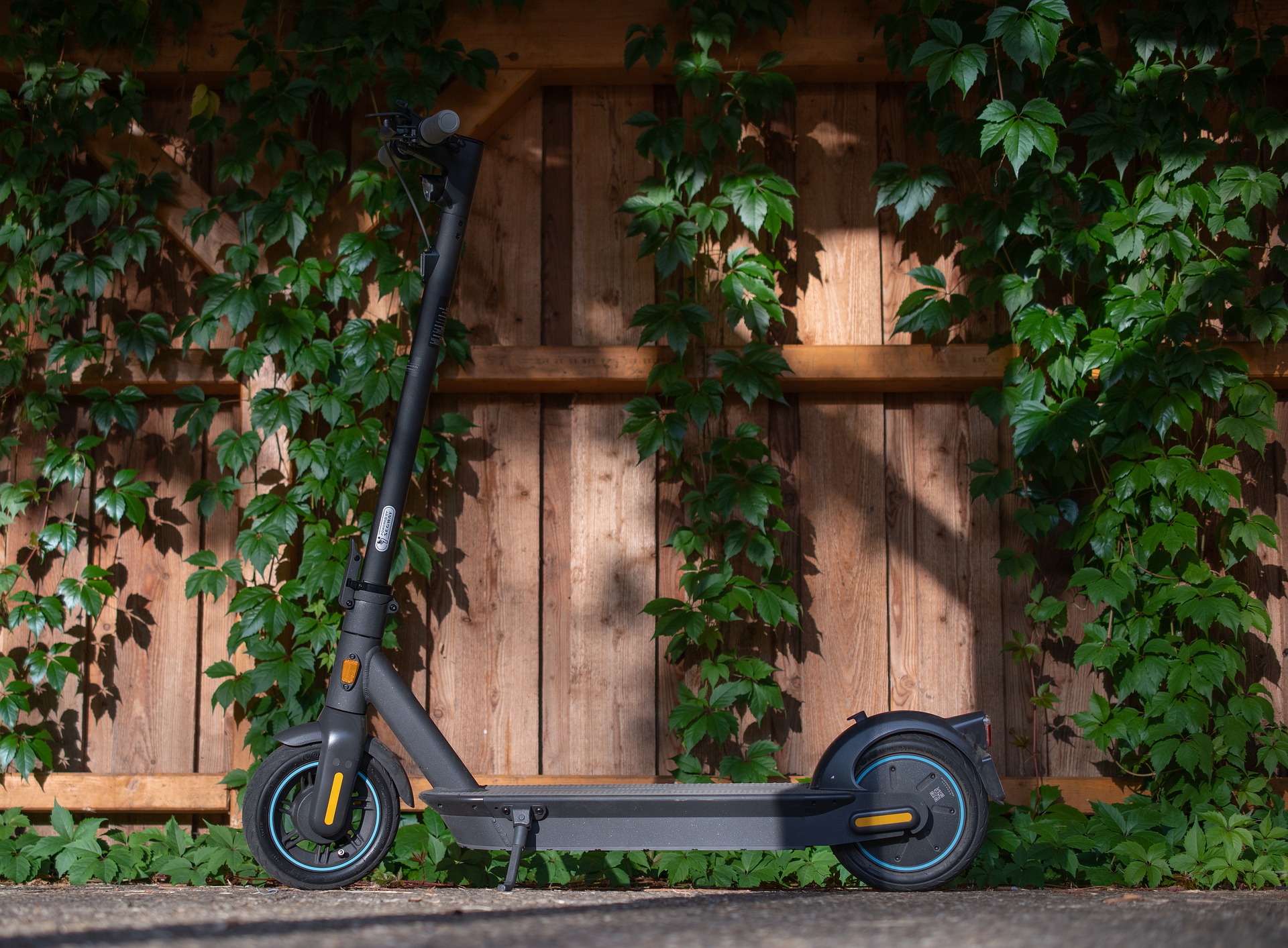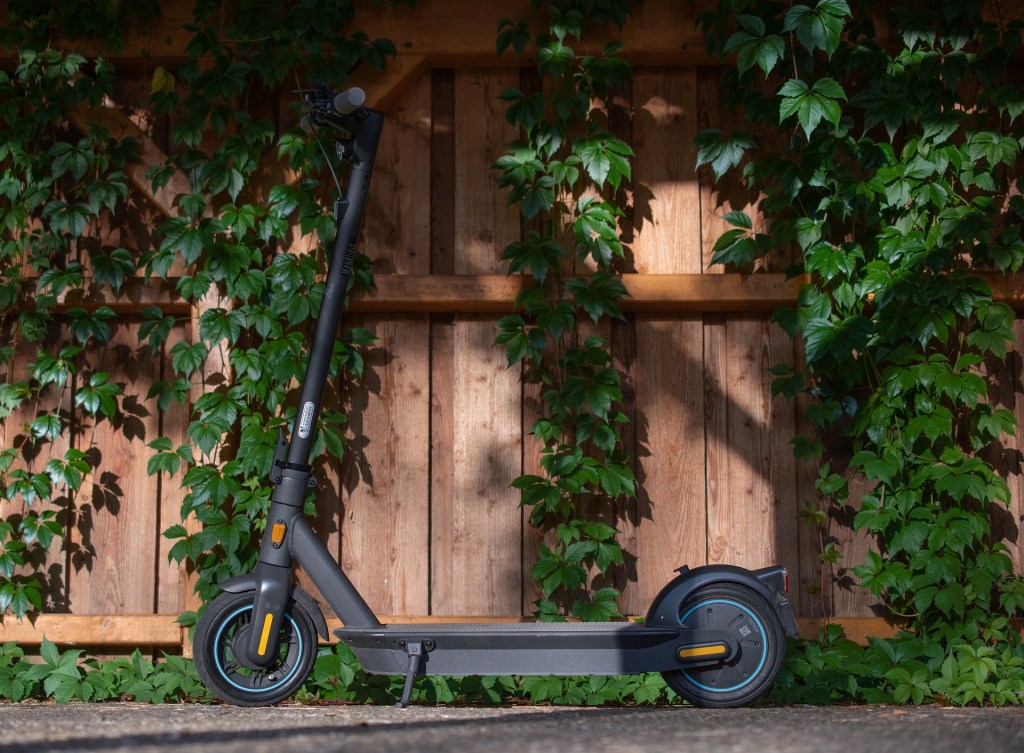Can Micromobility (E-Scooters/Bikes) Reduce Car Usage?

In recent years, the number of cars in our urban environments has increasingly become a topic of concern. With 44 UK cities having pollution levels above World Health Organisation safety guidelines, there’s a growing understanding that we need to move away from our over-reliance on cars for the good of our health. We may then also add to these concerns the problem of over congestion in many cities, safety concerns surrounding car travel, and the rising costs of maintaining a vehicle for personal use. There is a need for conversations around this issue. There is a desire for innovative new approaches to making our cities greener, safer, and more accessible, and we believe that micromobility options form a central part of the solution. Join us today as we discuss how micromobility could help to reduce car usage, where there may be areas of concern, and how we could all benefit from the increased use of e-scooters and bikes.

Can e-scooters pave the way to greener cities?
Micromobility and the Environment
The UK government has acknowledged the environmental cost of car usage directly and pledged to prohibit the sale of fossil fuel cars by 2030. So, it is safe to say that significant changes to the way we travel are going to be taking place in the coming years. The UN Development Programme (UNDP) recently conducted the largest ever survey on attitudes to global warming and found that two-thirds of respondents regard the climate crisis as a global emergency. The poll took place across 50 countries and involved over a million participants, and one of its clearest findings was that young people are particularly concerned about environmental issues. With cars contributing around one-fifth of global CO2 emissions, the replacement of inner-city travel by car with green micromobility options, such as bicycles and e-scooters will have an immediate impact, certainly on our local environment and the air we breathe. If you want to read more about micromobility and pollution specifically, please have a look at our previous blog. Given people’s heightened awareness of their environment, a swing to micromobility seems inevitable.

Cross-city travel by e-scooter
Micromobility and Efficiency
At ScooTours, we run E-Bike and Electric Scooter Tours in the UK, so, as you can imagine, we’ve done our fair share of reading into the new technologies of e-scooters and e-bikes. One of the most striking things we find when comparing car travel to green-friendly alternatives is the sheer inefficiency of most of the car travel that is taking place. Research shows that almost half of all car journeys made in the UK are made by solo travellers. Now, consider that the average UK car weighs around 1400-1500 kilos, while the average driver will weigh somewhere between 70 and 85 kilos — the car’s energy is primarily spent on moving the car rather than its passengers.
A bike or e-scooter on the other hand will tend to weigh significantly less than its rider. It is, of course, true that cars can be necessary when we’re transporting children, making long distances, or having to carry equipment, but given that 69% of inner-city UK car journeys cover distances of less than 3 miles, there should be a clear impetus to building micromobility infrastructure. Add to this the freeing up of space that would come with a reduced number of cars, the ease with which you can park your bike or scooter, and the unblocking of traffic-jammed streets across our cities and the efficiency of micromobility alternatives seems clear.

Rental bikes have been a micromobility success story of recent years
Micromobility and Costs
Recent years have seen a boom in cycling rates in the UK and one of the biggest benefits cyclists get from making the switch from driving to cycling is the money saved. Yes, alongside the increased fitness levels and the absence of stressful traffic jams, the UK cyclist could expect to save around £1,400 per year according to a recent study. Considering the shortness of many car journeys as we listed above, drivers would likely wish to review how they make their daily commute if presented with the figures.
It should be understood that micromobility is in many ways still in its infancy. It is only during the past 15 to 20 years that many cities have become accommodating to cyclists, scooterists, and even pedestrians. But as governments move toward hitting their emissions targets, we are likely to see micromobility infrastructure strengthen, making such travel options safer and even more efficient.
The question of cost is slightly more complex when we’re discussing e-scooters as the market is still very young, and legislation surrounding their use can vary significantly depending on your location. However, the overnight spread of these vehicles should be an indicator that they are here to stay and before long they will be a typical part of inner-city travel. However, what we can say for certain is that the average e-scooter on a full charge is likely to provide several hours of travel, meaning a couple of full battery charges (each costing pence rather than pounds) would cover the weekly work commute, and an investment in an e-scooter is going to result in almost immediate savings when compared to a car.
This brings to an end our discussion of how where micromobility can play its part in reducing car usage and the benefits it will bring individuals and the wider community. If you are interested in trying out an e-scooter, why not have a browse of our London Tours by E-Scooter & More. And should you have any questions about this blog or any of our tours, please contact us using the details listed on our website.
